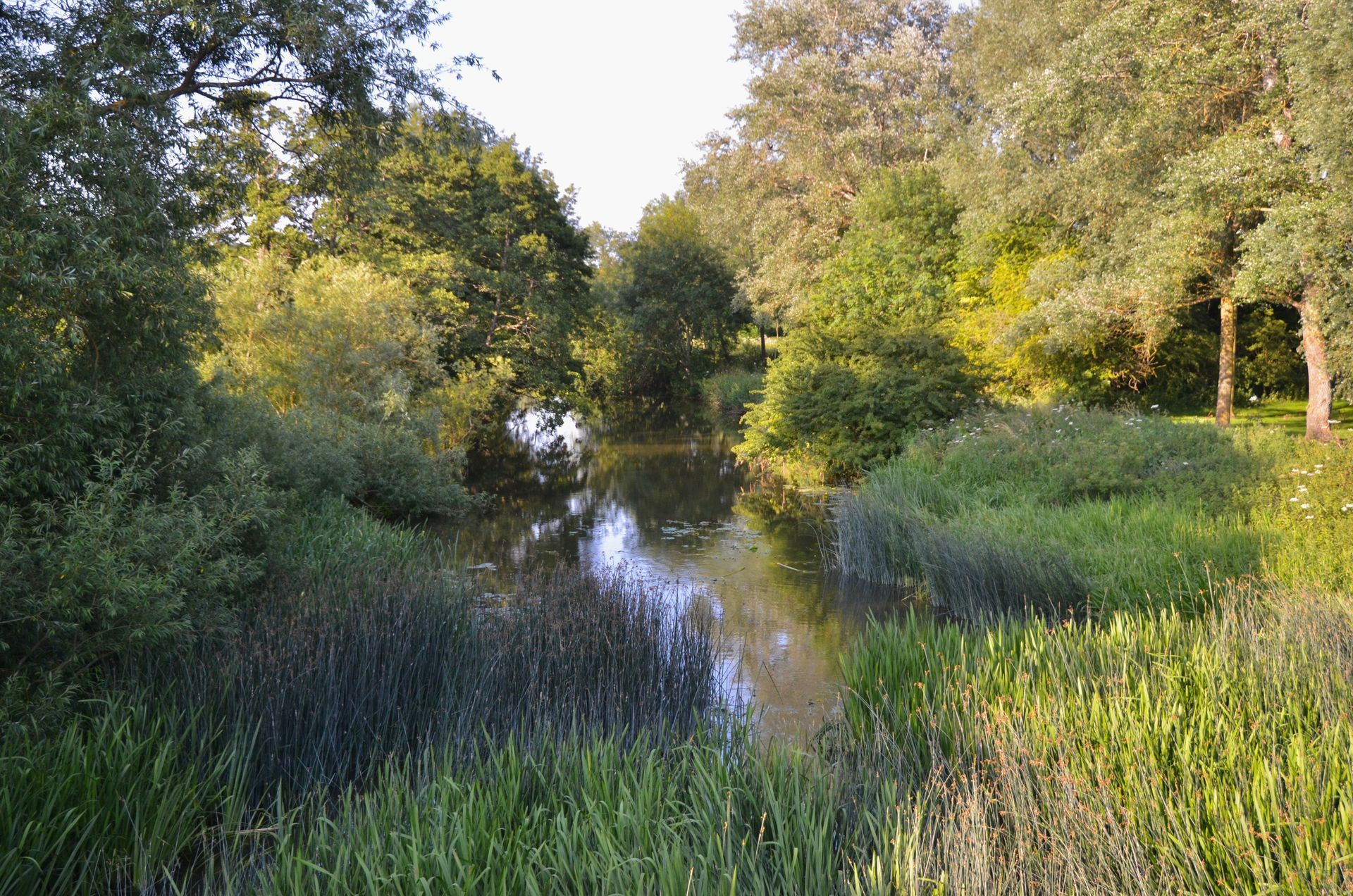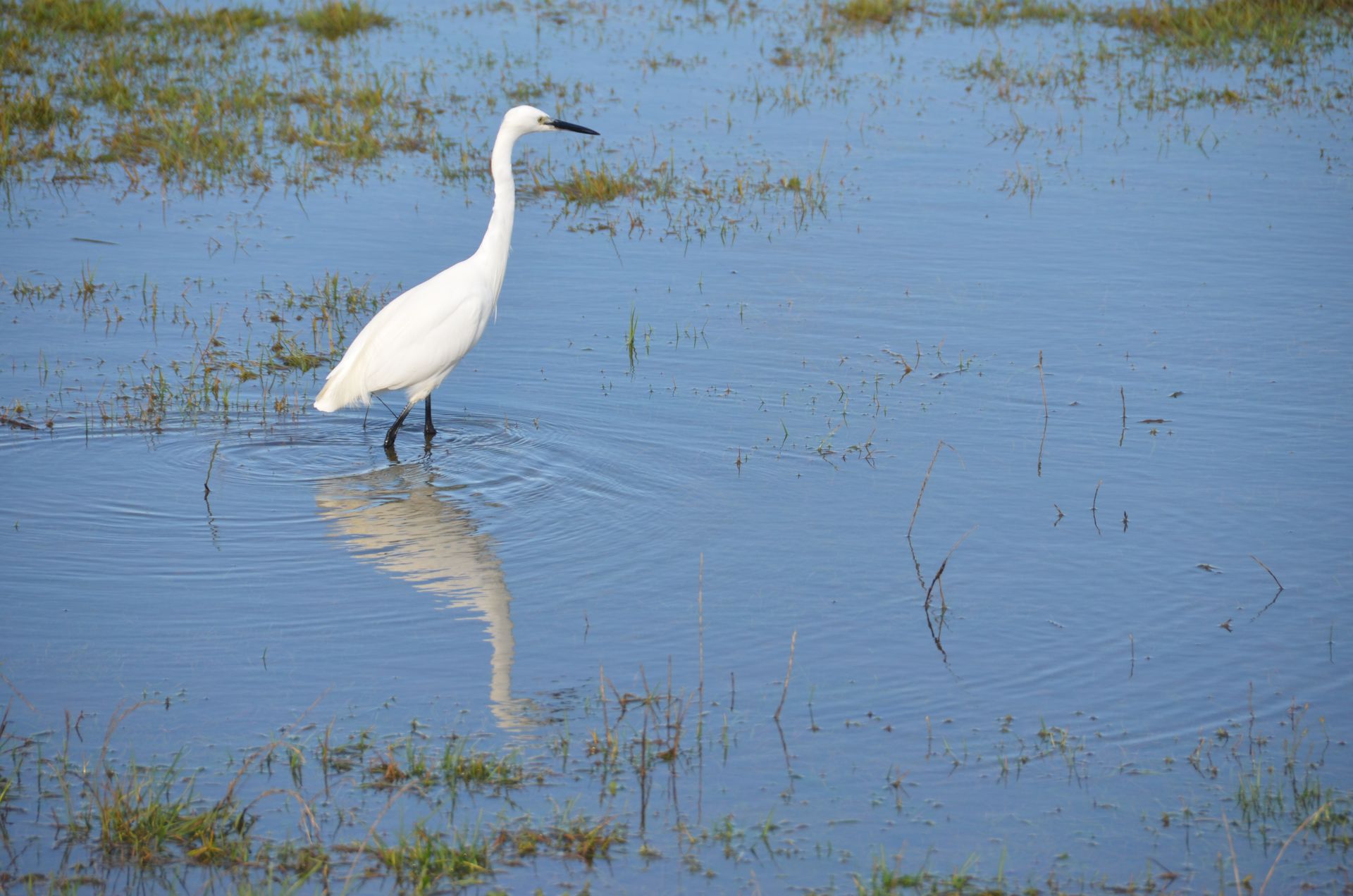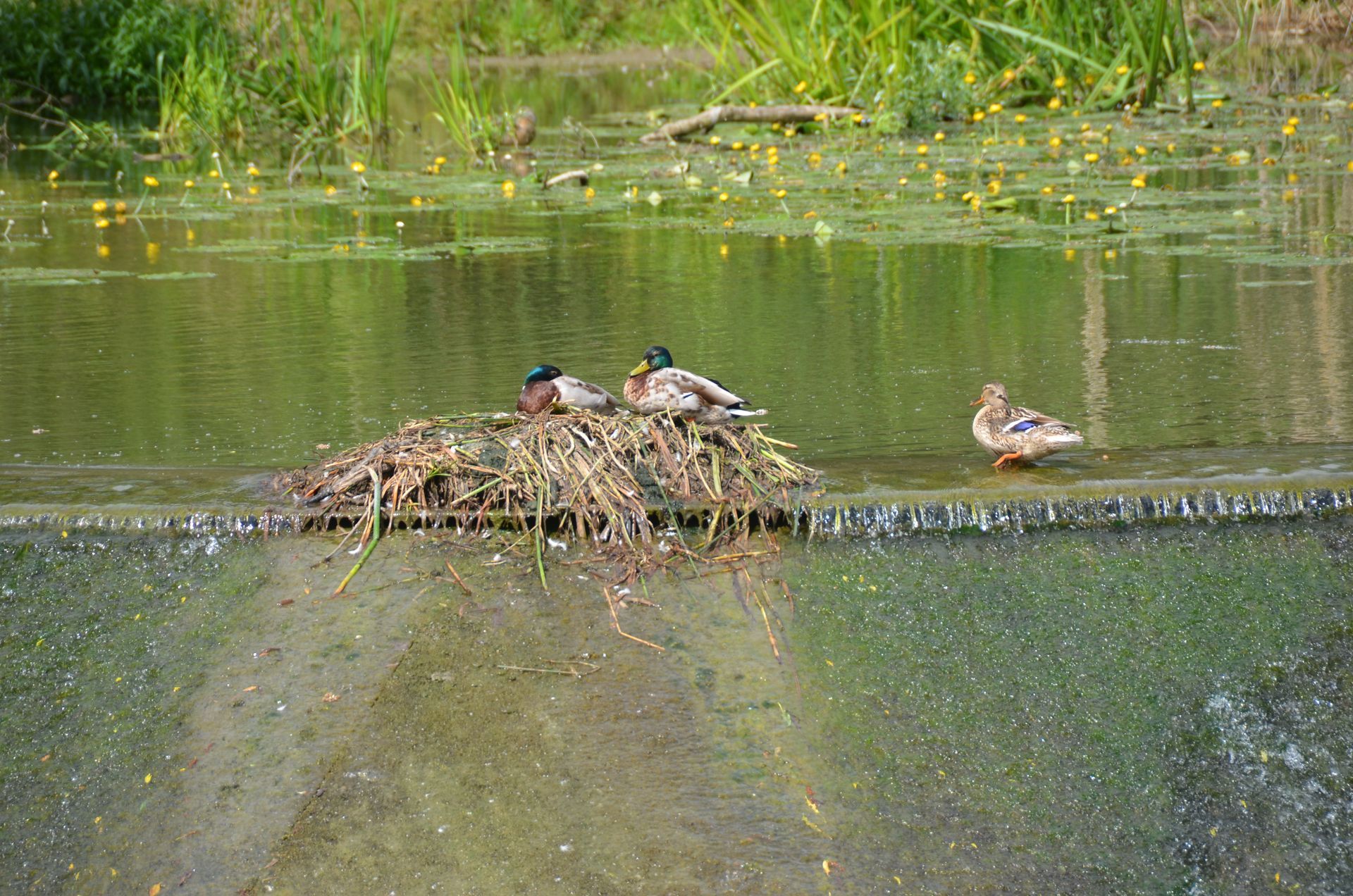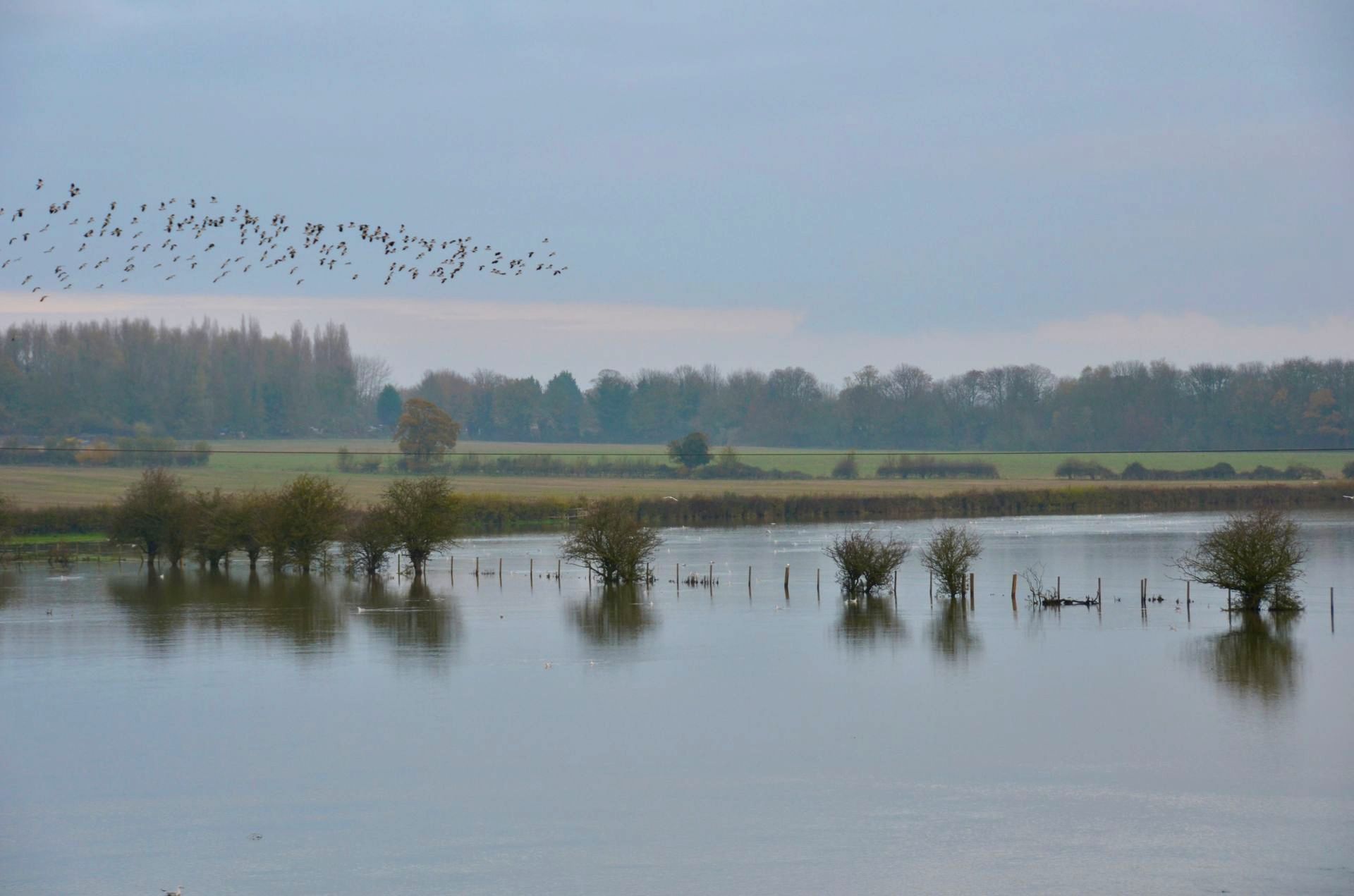Pollution
The site will be open, accessible, and floodlit 24 hours per day seven days per week. Some of the houses in Cosgrove will be less than 40m from the warehouses. Old Stratford will be looking out onto floodlit warehouses.
Air Pollution
West Northants Council have signed up to Net100 and have a sustainability goal to be Net Zero by 2030. The developer admits that this project will not be carbon neutral - meaning the council will be breaking their own pledge if they allow it. Dirty air is a danger to everyone’s health. Being exposed to high levels of air pollution (predominantly from vehicle emissions) increases the risk of lung disease and for people living with a lung condition, it makes symptoms worse. It also impacts adversely on cardiovascular health. Between them, lung and heart disease are the predominant causes of shortened life expectancy in the UK.
Professor Andrew Jeffrey is a consultant respiratory physician at Northampton General Hospital (retired March 2023) who was involved in the 2018 opposition to building the Northampton Gateway RFI (NGW). His concerns were around impacts on air quality from increased diesel lorry traffic using the M1. He got in touch to tell us "the most important elements, to my mind, are the PM2.5 emissions and levels. These very small particulate matter elements of pollution are emerging as the greatest health risk from traffic pollution world wide, but still poorly understood and until recently ignored in air quality assessments. This has changed and even the UK is moving towards the WHO target of maintaining them below 5mcg - the UK legal limit remains at 25!"
For more information on the overall environmental impact of traditional warehousing please click
here.
For more information on the health impacts of air pollution, please read the following report by the European Environment Agency. For obvious reasons the UK does not figure in the data, but the science has no respect for Brexit!
Noise Pollution
A recent appeal hearing relating to a warehouse development at Blakelands in Milton Keynes, highlighted the likely sources of noise from a warehouse development. These include activities such as engines revving; doors opening and closing; and brakes being applied. There are likely to be fork-lift trucks operating and reversing sirens. The Blakelands case found that nearby residents would be able to clearly perceive the noise activity at the site. Furthermore, the increase in noise would also occur during the night-time period, where residents would reasonably expect a greater level of peace and quiet. At night this disturbance would cause difficulty for residents in getting to sleep, premature awakening, and difficulty in getting back to sleep. In addition, the effects of the development would mean residents need to undertake behavioural changes, such as keeping windows closed during night-time periods to overcome the increased noise levels. This would be particularly concerning during warmer times of the year without alternative ventilation. These conditions could adversely affect their physical and mental health.
Light Pollution
The purple shading in this image from the planning application shows parts of the development will be visible from as far away as Stony Stratford, Wolverton, Castlethorpe, Yardley Gobion, Potterspury and Deanshanger, with subsequent light pollution.
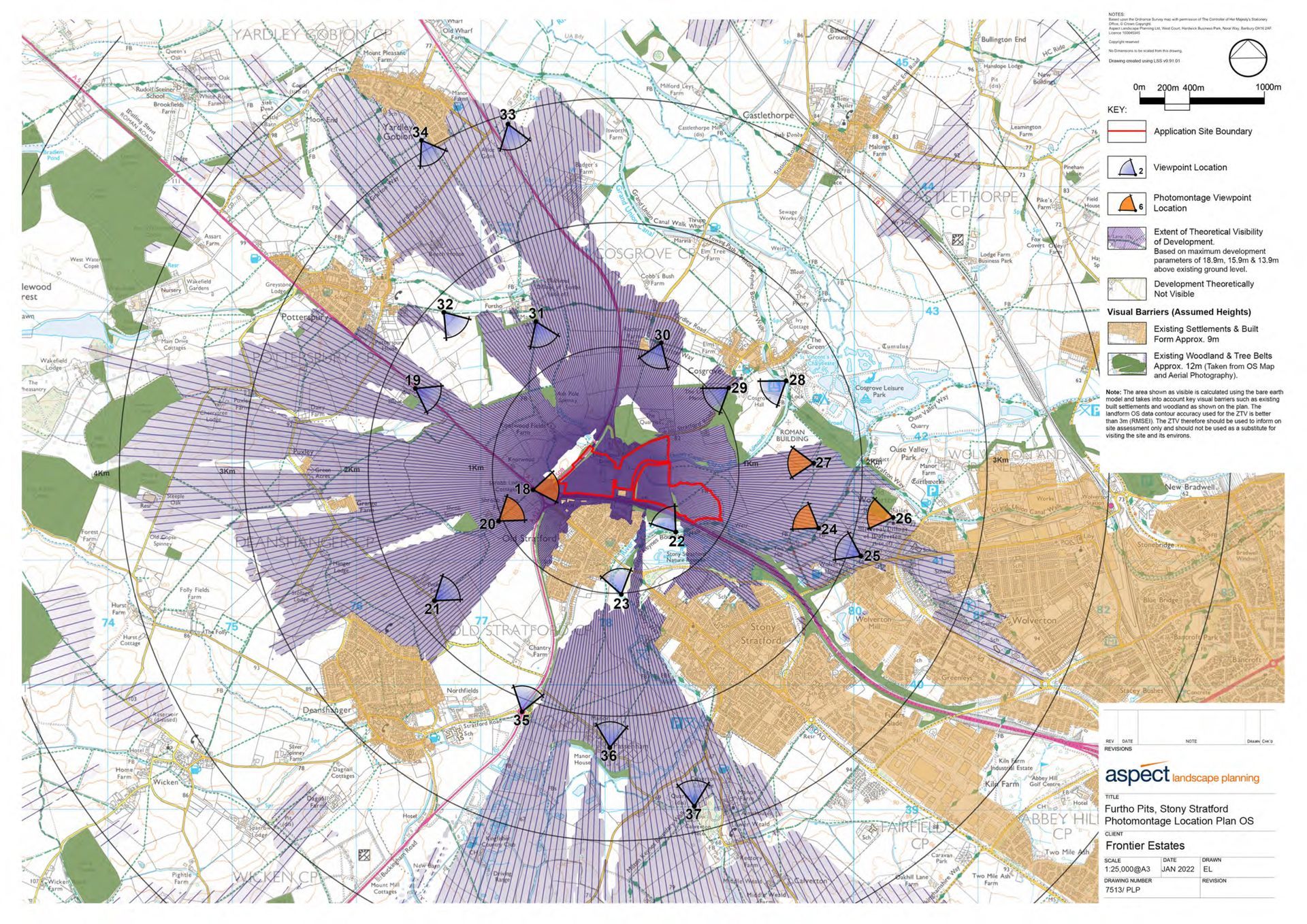
“At the forefront of action on climate change with clean air, sustainable growth and a flourishing natural environment”
West Northants Council Vision Statement
An increased amount of light at night lowers melatonin production, which results in sleep deprivation, fatigue, headaches, stress, anxiety, and other health problems. Recent studies also show a connection between reduced melatonin levels and cancer:
National Geographic Society 15th July 2022 https://www.nationalgeographic.org › article ›
River Pollution
The River Great Ouse runs close to the proposed development and is a haven for wildlife. It is home to otters, kingfishers, and other protected species such as the White-clawed Crayfish. In summer, local residents swim in the river and children use it for paddling.
The Dogsmouth Brook runs through the proposed development site and into the Great Ouse. At times of excessive rain, and when the drainage systems cannot cope, it is used to divert waste water overflow from neighbouring villages. Currently the natural ecosystem and flood plains filter out pollutants.
The developers propose to widen and straighten the Dogsmouth Brook to facilitate drainage from their site. The new proposed reservoir will be filled with effluent rich water in times of high rainfall. And logic dictates that if the outflow is slower than the inflow, the reservoir will fill up – where will the flood water go if that is the case?
Related to this, the developers are proposing a vehicle washing station on the site. Surface run-off from vehicle washing areas can contain high levels of pollutants such as detergents, oil and fuel, suspended solids, grease and antifreeze. By law run-off must not be allowed to enter surface water drains, surface waters or ground waters as this will cause pollution and could result in prosecution. However, there is a real risk that an accidental leak of these chemicals so close to waterways could lead to an environmental disaster.
Contamination
Furthermore, Furtho Pit, as its name suggests, was the site of an old sand pit which closed when the sand and gravel was exhausted at the end of the 1950s. The site was subsequently back filled with waste generated from the Deanshanger Oxide works. The waste was from the production of oxide pigments for the paint industry. It contained a cake slurry of ferrous and ferric sulphates and sulphites and toxic by-products, including antimony and arsenic. Also dumped in the infill were surplus ferrous products from the industrial process. The site was topped off with approximately 1 to 1.5 meters of top soil with no clay capping. Collection pipes were laid to allow leachate water to run from the site, and these outflow points can still be found today; they are evident from the distinctive red rust colour at these outflow points and terminate in a boggy area several meters away from the Dogsmouth Brook.
The developers plan to build on top of this, it is not known what effect disturbing this waste this will have on the local environment and the potential for water borne pollution. The developer’s response to this is that they want WNC to approve the application with the caveat that they will stop proceedings if they discover contamination at a later date! More recently, they appear to be attempting to prove there is no contamination by uploading a historic letter on the planning portal.
The EA are still very concerned about risk of contamination and in their latest letter dated May 2025, have imposed four conditions to protect and prevent the pollution of controlled waters from potential pollutants associated with current and previous land uses in line with National Planning Policy Framework (NPPF). They state ‘without these Conditions, the proposed development on this site poses an unacceptable risk to the environment and we would wish to object to the application’.
The UK is consistently ranked as one of the worst countries in Europe for water quality. The risk of a potential environmental disaster will increase the more the facility is used. The last thing the River Great Ouse needs is chemical pollution from an inappropriate, ill-conceived warehouse development.
- Noise pollution: the developer is saying that it will cause a greater than 10db increase in noise, which will be noticeable to residents, impacting mental and physical health. WNC Environmental Health say the development should aim for "no" impact rather than "low" impact
- Light pollution: both from permanent building lighting and from vehicle lighting will be a similar contributor to the poorer mental and physical well-being of residents and detrimental effects on wildlife in the Ouse Valley
- Air pollution: emissions from 3,000 HGV movements per day plus increased traffic from employees accessing the site
- Visual pollution: will be visible for miles
- No plan to deal with contamination in spite of previous planning refusal, other than the developer will stop proceedings if they discover contamination at a later date
- Proposed vehicle washing station on site could lead to further river contamination
- Construction impacts not properly described



